Overview
Map
Other Details
كنيسة مار يوسف
Qabaa Jezzine
Jezzine
South
كنيسة مار يوسف - القبع جزّينبنيت الكنيسة سنة ١٩٠٠ بسعي عائلة غانم الذين جعلوا مدافنهم بقربها. جدّدت في ١٩ آذار سنة ١٩٦٣. الكنيسة صغيرة، تتبع رعيّة بلدة قيتولة جزّين، تضم لوحةً غربيّة الصنع لمار يوسف، وتتميّز بالنقوش والزخرفة على الجصّ.The church of St Joseph - Eh Qobeh JezzineThe church was built in 1900 by the Ghanem family who built their cemetery near it. It was renewed on the 19th of march 1963. The church is small, a dependency of the nearby Qaytouli’s parish. It possesses a classical painting of St Joseph. The church also contains intricate Gipson carvings.
Visited 4563 times, 3 Visits today



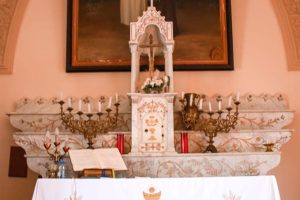
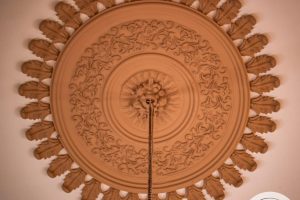
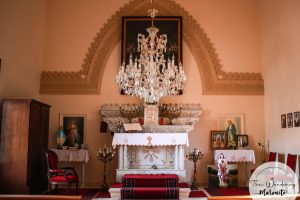
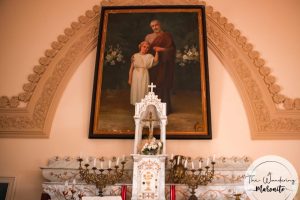





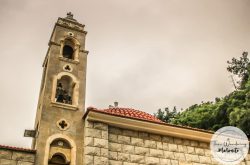
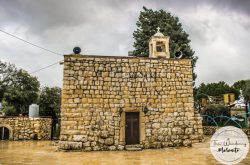

Reviews are disabled, but trackbacks and pingbacks are open.